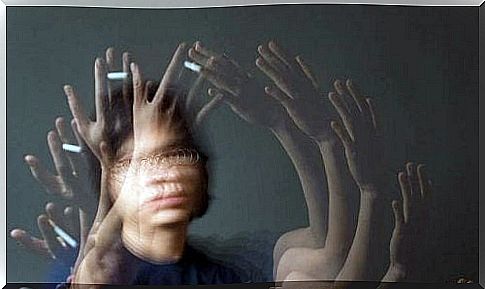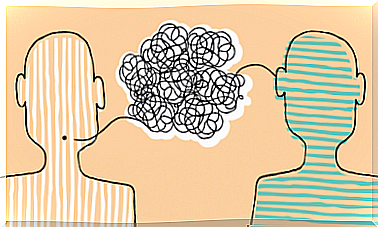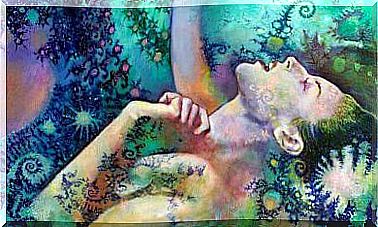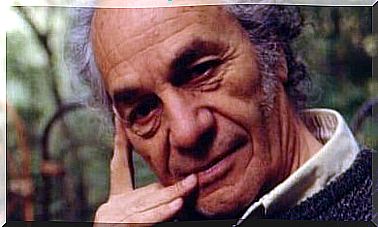Agnosia: Not Recognizing What You Know

What would happen if one day we were unable to distinguish an umbrella from a cane? What if we couldn’t recognize objects by touch? If it happened systematically, we would probably suffer from a form of agnosia: the inability to recognize any information that comes through the senses. A term that was introduced by Sigmund Freud in 1891.
Even if all the senses are functioning correctly, the problem is brain. The brain cannot recognize the information that the senses filter from the outside. A cerebrovascular accident, brain trauma, or reduced oxygen to the brain can damage this organ and cause agnosia.
Agnosia: when the senses are no longer useful
All people suffering from agnosia go through a phase of frustration, helplessness and anguish because they are unable to interpret what they see, hear or eat. It is as if the senses and the brain stop speaking the same language, as if they cease to be in contact in order to be completely independent of each other.
For this reason, it is common and understandable that people with agnosia fall into depression. The cause is precisely this disconnect between the brain and the senses, which makes it difficult not only to perceive the world, but also to interact with it in its various forms.

When we speak of agnosia, we are not referring to a sudden implication of all the senses. As we will see, there are many types of agnosia that a person can suffer from:
- Visual : inability to name and classify objects, for example, not being able to recognize a racket or name it by seeing it.
- Hearing : problems recognizing sound stimuli, for example not distinguishing instruments from voices in a piece of music.
- Tactile : inability to identify objects by touch, for example not being able to differentiate a spoon from a fork or a lighter.
- Spatial : difficulties in orienting and creating mind maps, for example not being able to make a map of the house in which you live.
- Motor: Also known as apraxia, it refers to the difficulty in memory and execution of the movements learned, for example wearing a shirt on the legs.
- Bodily : Difficulty identifying one’s own body, for example believing that the limbs belong to someone else as they do not identify themselves as one’s own.

When the brain deceives us
Having presented a view of all the agnosies, it is necessary to remember that the most common is the one that affects only one sense. In other words, when a person suffers from motor agnosia, but auditory agnosia is not added to it. However, this is a rule for which there are exceptions.
The main cause of only one type of agnosia is that the part of the brain that is damaged is only one. For example, if our temporal lobe has some lesions, we are likely to suffer from auditory agnosia. If, on the other hand, it is the occipital lobe that is damaged, you can suffer from visual or spatial agnosia.
In the event that two regions are damaged, then more than one form of agnosia may be present. However, the question at this point is: is there a cure? Is there hope for noticeable improvement when the brain is involved?
The answer is yes, there is hope for improvement, particularly through occupational therapy, speech therapy, and neurology professionals who can provide the affected person with some very useful tools. For example, cognitive rehabilitation teaches some “tricks” to recognize a face. One is to look at the salient details of the face and learn how to interpret them in case you suffer from visual agnosia.
“Agnosia” is not a very well known term, but we now know a lot more about this problem that makes life difficult for some people. Thanks to the professionals who dedicate themselves to research, today we can say that in cases where it is not possible to cure agnosia, it is still possible to offer people resources and tools that facilitate their life.









